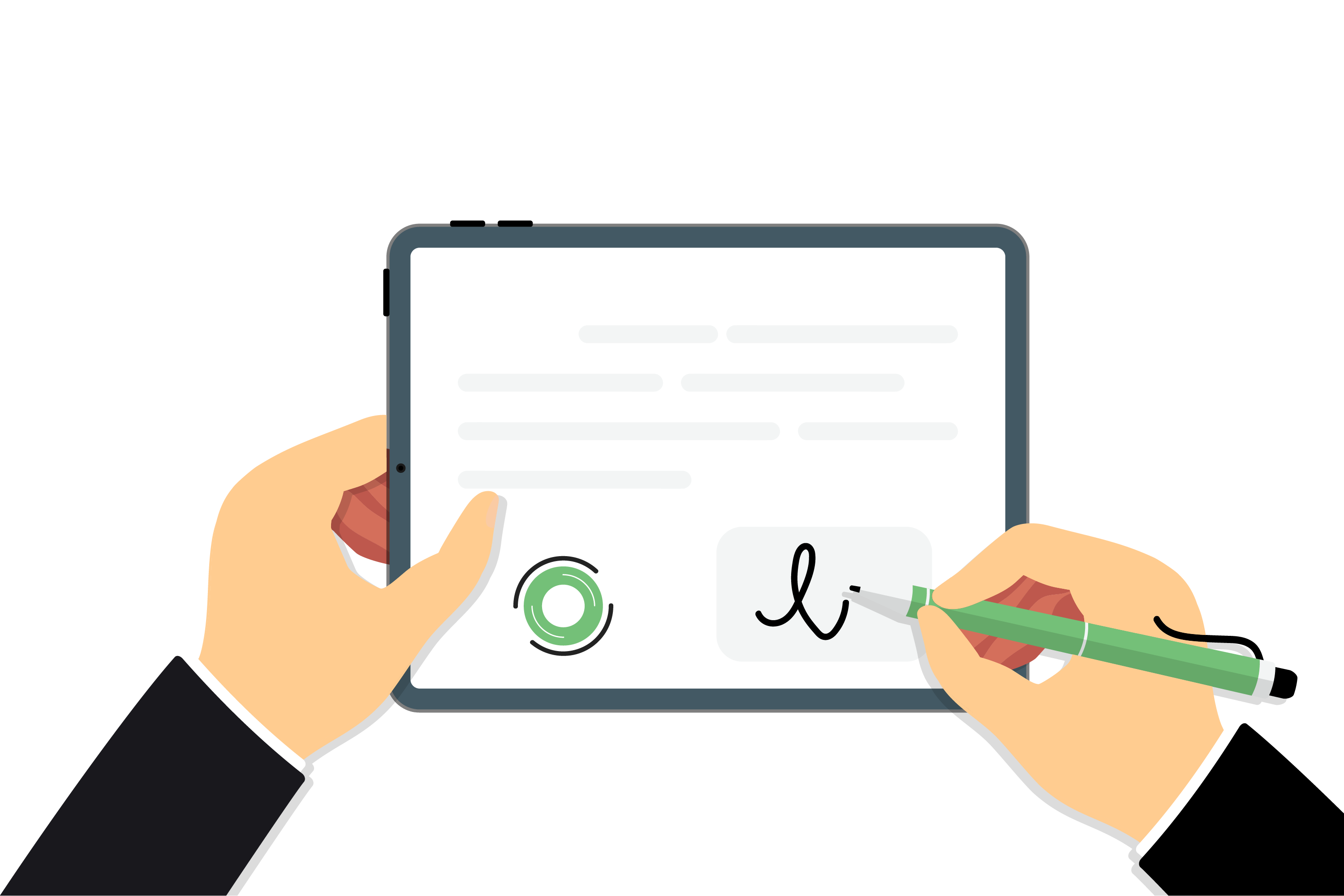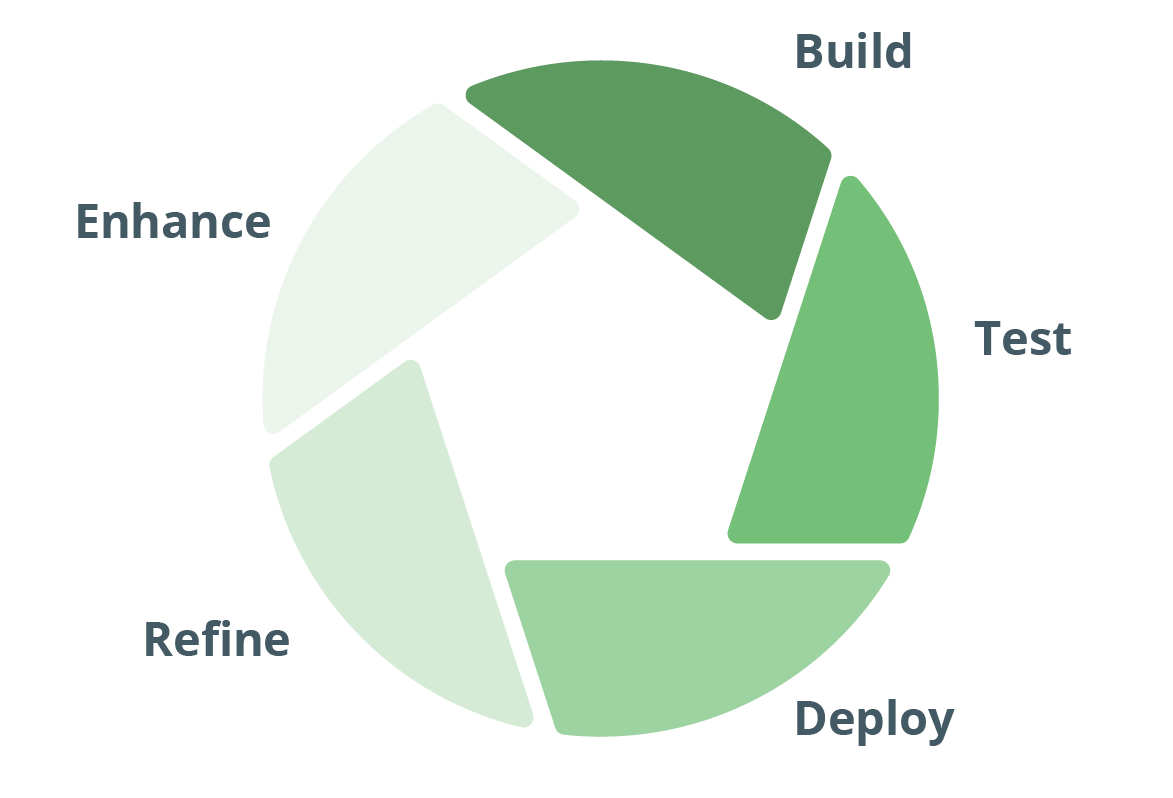Automation in Mind? I’d Start with Sales

Charles Drayson
Feb 22 · 5 min read
Why Sales?
If you have an automation or digital transformation agenda, a Sales project is an excellent place to start. Here’s why.
The first automation project in your organization needs to deliver demonstrable benefits. You want to get off to a good start and have the best chance of success. Organizations might want to do more with automation, but invariably it comes down to just a few individuals who take the initiative and get started. If you are one of those people, there will be talk of ‘low hanging fruit.’ Your first project needs to be at the lower end of complexity: you will be learning as you go, and you want something you can deploy quickly.
…If there’s any team in your organization that will appreciate a quick deployment of a simple solution that adds fast results, it’s Sales…
The revenue machine has to keep turning – no stoppages, focus on results, and be ready for the next cycle. That’s the source of the impetus you need. Change will still generate challenges, but sales teams tend to be interested in things that will give them an edge. Freeing-up time, minimizing procedural and document overhead will be appealing because it allows sales execs to apply their efforts where they see fit. This is important because the first project needs hearts and minds. Sales teams have no incentive to over-complicate their requirements and will give candid and quick feedback.
Sales teams invariably want everything (and everyone) to move faster. That means Sales teams are ideal candidates for using self-service tools – give them access to what they need on demand. Self-service options are particularly impactful during busy period-end procedures, when sales teams are trying to close deals before the end of the month, quarter or year.
Aim your first solution at tackling the tedious document-related tasks that need to be done right but are perceived as adding unwelcome overhead to the sales process. Generating NDAs, producing bids and proposals, distributing technical materials, and creating contracts – I have yet to meet a salesperson who enjoys those tasks. Often, you can deliver immediate value merely by automating the production of those documents and making them available through self-service. That kind of automation is at the heart of Legito, and it has the extra advantage of setting you up well for the next step.
The Use of Worfklow
Documents are artefacts of a broader business process, internal or external. They are the means of communicating information, permissions, and status from one team to another. In short, documents must flow, not merely exist. They require collaboration, approvals, and feedback loops. Documents are associated with time limits, and overlayed with procedures and compliance requirements. In complex sales, the sales team has to coordinate inputs from several internal teams and meet the demands of several customer teams. After the first step enabling easy production of documents, expand the solution by overlaying workflows, especially approvals. Sales execs often say: “It’s easier to get forgiveness than permission.” It’s time to make it easier to get permissions. That is what automated workflows provide.
The problem with legacy document automation systems (including some of solutions still prominent in the market) is that they do a good job of automating the production of documents but forget that documents don’t exist in a vacuum.
Digital Signatures
If the document authorizations are in place, make it easier for customers to close deals with digital signatures. Digital signature tools are embedded in Legito. It’s becoming increasingly rare to see documents signed with wet ink, and organizations that still use legacy signature processes risk looking outdated. Wet ink signatures take time, are difficult to monitor, and are a nuisance for people who work remotely. It’s helpful to have digital signature capability within Legito because you don’t have to embark on another project to integrate with a separate digital signature tool. The facility is ready for you when you are. This is the philosophy of Legito – we know you won’t use all the tools at the start, but we want them to be ready when you need them without having to leave the solution.
An Overview of Deals
Moving on from workflows, you have the data needed to provide an overview of deals-in-progress (for the Sales teams and other stakeholders). The data will be extracted automatically from the documents, so the reports will be reliable. As well as providing information for sales managers, the data used for reporting can also drive alerts and reminders.
After you’ve automated the documents, workflows, reporting, and signing, you can start thinking about the next step from Sales: delivery and contract management. Data can flow to where it’s needed for other teams (operations, finance) using the same solution.
There are precautions to take, as with any automation project. We don’t like to generalize because we know each organization is different, but we have discovered trends associated with successful projects. This article has already proposed a one-step-a-time approach. It’s easier to manage iterative improvements successfully. Don’t build too much at each step. Leave your colleagues wanting more.
Organizations, procedures, teams, and priorities are prone to change. Automation solutions must facilitate change. Refrain from creating unnecessary obstacles to change by automating to such a low level that the system becomes rigid and complex. Moreover, some organizations have procedures that only work because humans know how to mold them – highly prescriptive procedures might be an illusion. Automating a rigid procedure might have unintended consequences. Legito is a human-friendly solution, so leave space for humans to exercise their skill and judgement. Automate only the tasks that are ill-suited to humans. The objective is to augment, not replace, human input. Some industries have compliance or regulatory requirements that demand 100% adherence to a rigid procedure – make those the exception.
The author’s automation experience began with a sales project (working in-house, not as a vendor). The project yielded quick returns, won an industry award, and endured for many years. Behind that project, there was a bargain with the sales team: they had to agree to use the system, but the system had to be useable. It’s a fair bargain to make with colleagues.
Start your digital transformation with Sales, get positive results, and have the ideal base expand and help other teams deliver.
Automation in Mind? I’d Start with Sales

Charles Drayson
Feb 9 · 5 min read
Why Sales?
If you have an automation or digital transformation agenda, a Sales project is an excellent place to start. Here’s why.
The first automation project in your organization needs to deliver demonstrable benefits. You want to get off to a good start and have the best chance of success. Organizations might want to do more with automation, but invariably it comes down to just a few individuals who take the initiative and get started. If you are one of those people, there will be talk of ‘low hanging fruit.’ Your first project needs to be at the lower end of complexity: you will be learning as you go, and you want something you can deploy quickly.
…If there’s any team in your organization that will appreciate a quick deployment of a simple solution that adds fast results, it’s Sales…
The revenue machine has to keep turning – no stoppages, focus on results, and be ready for the next cycle. That’s the source of the impetus you need. Change will still generate challenges, but sales teams tend to be interested in things that will give them an edge. Freeing-up time, minimizing procedural and document overhead will be appealing because it allows sales execs to apply their efforts where they see fit. This is important because the first project needs hearts and minds. Sales teams have no incentive to over-complicate their requirements and will give candid and quick feedback.Sales teams invariably want everything (and everyone) to move faster. That means Sales teams are ideal candidates for using self-service tools – give them access to what they need on demand. Self-service options are particularly impactful during busy period-end procedures, when sales teams are trying to close deals before the end of the month, quarter or year.
Aim your first solution at tackling the tedious document-related tasks that need to be done right but are perceived as adding unwelcome overhead to the sales process. Generating NDAs, producing bids and proposals, distributing technical materials, and creating contracts – I have yet to meet a salesperson who enjoys those tasks. Often, you can deliver immediate value merely by automating the production of those documents and making them available through self-service. That kind of automation is at the heart of Legito, and it has the extra advantage of setting you up well for the next step.
The Use of Worfklow
Documents are artefacts of a broader business process, internal or external. They are the means of communicating information, permissions, and status from one team to another. In short, documents must flow, not merely exist. They require collaboration, approvals, and feedback loops. Documents are associated with time limits, and overlayed with procedures and compliance requirements. In complex sales, the sales team has to coordinate inputs from several internal teams and meet the demands of several customer teams. After the first step enabling easy production of documents, expand the solution by overlaying workflows, especially approvals. Sales execs often say: “It’s easier to get forgiveness than permission.” It’s time to make it easier to get permissions. That is what automated workflows provide.
The problem with legacy document automation systems (including some of solutions still prominent in the market) is that they do a good job of automating the production of documents but forget that documents don’t exist in a vacuum.
Digital Signatures
If the document authorizations are in place, make it easier for customers to close deals with digital signatures. Digital signature tools are embedded in Legito. It’s becoming increasingly rare to see documents signed with wet ink, and organizations that still use legacy signature processes risk looking outdated. Wet ink signatures take time, are difficult to monitor, and are a nuisance for people who work remotely. It’s helpful to have digital signature capability within Legito because you don’t have to embark on another project to integrate with a separate digital signature tool. The facility is ready for you when you are. This is the philosophy of Legito – we know you won’t use all the tools at the start, but we want them to be ready when you need them without having to leave the solution.
An Overview of Deals
Moving on from workflows, you have the data needed to provide an overview of deals-in-progress (for the Sales teams and other stakeholders). The data will be extracted automatically from the documents, so the reports will be reliable. As well as providing information for sales managers, the data used for reporting can also drive alerts and reminders.
After you’ve automated the documents, workflows, reporting, and signing, you can start thinking about the next step from Sales: delivery and contract management. Data can flow to where it’s needed for other teams (operations, finance) using the same solution.
There are precautions to take, as with any automation project. We don’t like to generalize because we know each organization is different, but we have discovered trends associated with successful projects. This article has already proposed a one-step-a-time approach. It’s easier to manage iterative improvements successfully. Don’t build too much at each step. Leave your colleagues wanting more.
Organizations, procedures, teams, and priorities are prone to change. Automation solutions must facilitate change. Refrain from creating unnecessary obstacles to change by automating to such a low level that the system becomes rigid and complex. Moreover, some organizations have procedures that only work because humans know how to mold them – highly prescriptive procedures might be an illusion. Automating a rigid procedure might have unintended consequences. Legito is a human-friendly solution, so leave space for humans to exercise their skill and judgement. Automate only the tasks that are ill-suited to humans. The objective is to augment, not replace, human input. Some industries have compliance or regulatory requirements that demand 100% adherence to a rigid procedure – make those the exception.
The author’s automation experience began with a sales project (working in-house, not as a vendor). The project yielded quick returns, won an industry award, and endured for many years. Behind that project, there was a bargain with the sales team: they had to agree to use the system, but the system had to be useable. It’s a fair bargain to make with colleagues.
Start your digital transformation with Sales, get positive results, and have the ideal base expand and help other teams deliver.
More Industry Insights






















